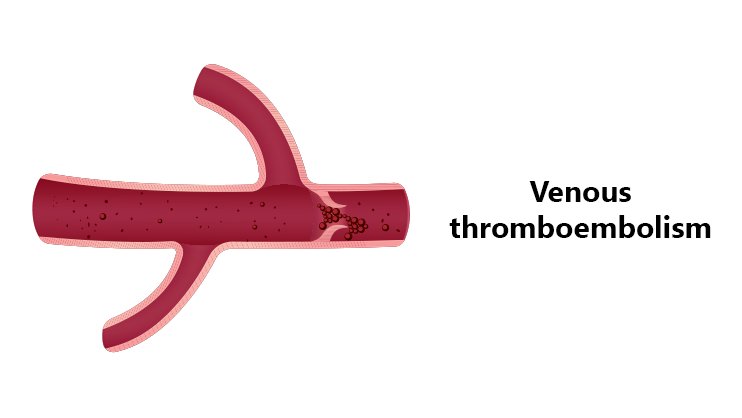Evaluating the effectiveness of using enoxaparin to prevent venous thromboembolism in hip replacement patients: A retrospective cohort study
DOI:
https://doi.org/10.15419/bmrat.v8i2.661Keywords:
Venous thromboembolism, Hip replacement, Enoxaparin, VTE prophylaxis, Deep venous thrombosisAbstract
Introduction: Our research aims to evaluate the effectiveness of thromboprophylaxis using enoxaparin in patients undergoing hip replacement.
Methods: A retrospective cohort study was conducted based on medical records of patients aged 40 years and older undergoing hip replacement. Exclusion criteria included patients who had used anticoagulants to prevent other diseases, patients with a history of chronic renal failure, liver failure, cancer or allergy to anticoagulants, and patients with indicated mechanical prophylaxis. In our study, 65 patients were randomized into 2 groups - the control group and the venous thromboembolism (VTE) prophylaxis group (receiving subcutaneous enoxaparin 40 mg daily for 7 - 14 days). Preventive effectiveness was evaluated based on the comparison of VTE incidence after surgery between the groups.
Results: In our study, most of the patients were over 60 years old (79.2%). No case of pulmonary embolism was recorded. There were 11 patients in the control group (17.2%) who developed deep venous thrombosis (DVT) versus 2 patients in the prophylaxis group (3.1%). After adjusting for postoperative hospital stay, use of enoxaparin reduced the risk of DVT by 89.7% (OR 0.103, 95% confidence interval 0.019-0.569, p=0.009), especially in patients over 60 years old (OR 0.147, 95% confidence interval 0.026 - 0.822, p = 0.029).
Conclusion: This study demonstrates that using enoxaparin significantly reduces the incidence of DVT in patients undergoing hip replacement, especially in patients over 60 years old.

Downloads
Published
Issue
Section
License
Copyright The Author(s) 2017. This article is published with open access by BioMedPress. This article is distributed under the terms of the Creative Commons Attribution License (CC-BY 4.0) which permits any use, distribution, and reproduction in any medium, provided the original author(s) and the source are credited.
